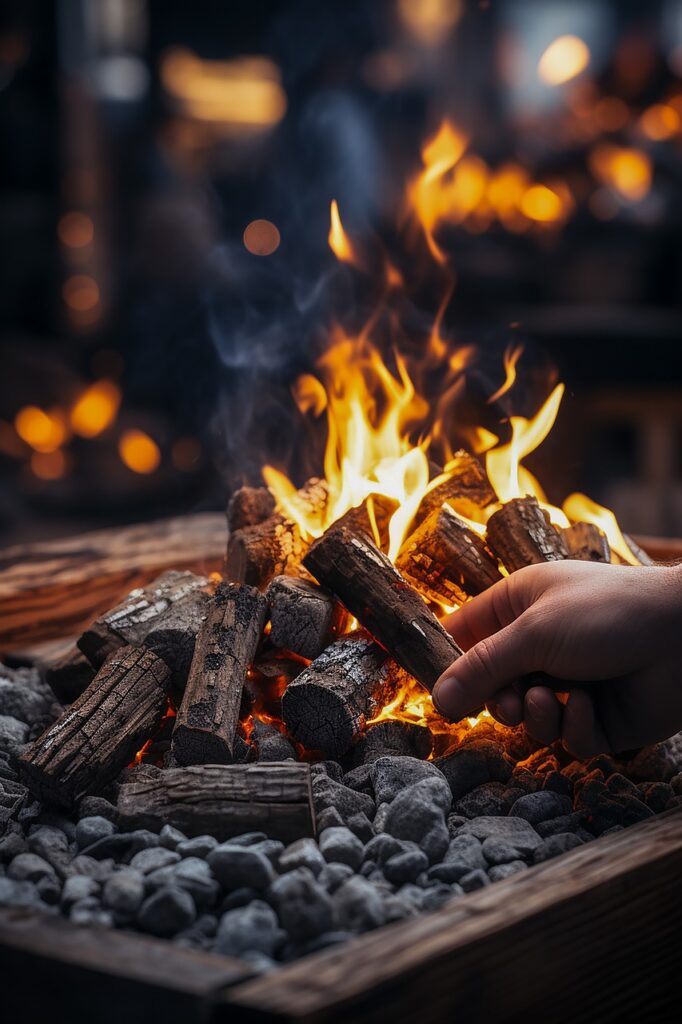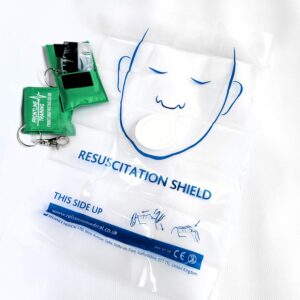Burns and Scalds
Burns and scalds are injuries to the skin caused by different sources of heat. A burn usually occur due to contact with dry heat sources like fire, hot objects, or the sun, while scalds happen when the skin comes in contact with wet heat or steam, typically from hot liquids.

Emergency Advice ⚠️
If someone has a severe burn:
- Hold burn under cool running water for at least 20 mins
- Call 999 or 112
- Cover loosely with cling film or sterile dressing
What is it?
Burns and scalds are both types of injuries to the skin, but they occur due to different sources.
A Burn typically result from dry heat sources like fire, hot objects, flames, or even from exposure to the sun for an extended period. Burns are often categorised into degrees or thickness:
- Superficial Thickness (First-degree) burns affect the outer layer of the skin (epidermis). They cause redness, minor swelling, and pain but usually heal within a few days.
- Partial Thickness (Second-degree) burns affect both the outer layer and the layer beneath (dermis). These burns cause pain, redness, swelling, and blistering. They might require medical attention to prevent infection and help with healing.
- Full Thickness (Third-degree) burns are severe and extend through all layers of the skin. They can cause white or blackened, charred skin and may also damage underlying tissues, nerves, and even bones. These require immediate medical attention.
Scalds, on the other hand, occur due to contact with wet heat or steam. They are often caused by hot liquids or steam and can result in skin damage similar to burns. The severity of scalds can vary, ranging from mild redness to more severe blistering and skin damage.
Recognition features
Signs and symptoms
Keep an eye out for:
- pain
- areas of superficial, partial thickness and/or full thickness burns
- Superficial burns affect the outer layer of the skin and may look red and tender.
- Partial thickness burns also affect the outer layer of the skin, but the skin becomes red and raw, and blisters may form.
- A full thickness burn affects all layers of the skin and can cause damage to nerves, tissues, muscles and blood vessels.
- difficulty breathing
- signs of shock
Treatment
- Cool the burn immediately with cool running water. Assist the person to sit or lie down, preventing the burnt area from contacting the ground to maintain cleanliness.
- Call 999 or 112 for emergency help.
If possible, have someone else make the call while you continue cooling the burn.
- Continue cooling the area for at least 20 minutes or until the pain diminishes.
Be cautious not to overcool, especially with the elderly or babies, as it could lead to hypothermia.
- Avoid touching the burn. Gently remove any jewellery, watches, belts, shoes, or burnt clothing before swelling begins.
Don’t pull off clothing stuck to the burn. If someone can assist, they can manage this while you continue to cool the burn.
- Once the burn has cooled, loosely cover it with cling film, lengthwise.
If it’s a hand or foot burn, a clean plastic bag can be used.
If cling film isn’t available, a sterile dressing or non-fluffy material like a triangular bandage can be used.
Secure with a bandage or adhesive tape but avoid sticking to the injured skin.
- While awaiting help, provide reassurance and address shock if necessary. Continuously monitor their response level.
Train with us
This subject is covered in detail on the following courses that we offer:
Be prepared for anything with our first aid supplies 👀
-
 Universal First Aid Kit£15.00
Universal First Aid Kit£15.00 -
 First Aid Kit – Refill£7.95
First Aid Kit – Refill£7.95 -
 CPR Face Shield Key Ring£3.50
CPR Face Shield Key Ring£3.50



